Reportar esta entrada
Más sobre la misma comunidad-colección
Pilar Escontrias - El Paso, Texas
Portrait of Pilar Escontrias, former owner of the Escontrias ...
Silverio & Pilar Escontrias - 1920 - 1929
Portrait of Silverio and Pilar Escontrias, former owners of the ...
Silverio Escontrias, Texas Ranger
Silverio Escontrias, former owners of the Escontrias ranch, now ...
Escontrias Family - 1900 - 1909 - El Paso, Texas
Portrait of the entire Silverio and Pilar Escontrias Family: ...
Escontrias Ranch in the area now known as Hueco Tanks State Park
Portrait of the Escontrias Ranch. Silverio and Pilar Escontrias ...
Escontrias Elementary School - El Paso, Texas
Escontrias Elementary School. Silverio and Pilar Escontrias ...
Honoring African American Women - El Paso, Texas - 2017
Honoring African American Women - El Paso, Texas - 2017 - event ...
Paul L. Foster School of Medicine - 2017
Paul L. Foster School of Medicine - 2017 - people gather outside ...
Savannah & Annalyse Appelzoller - 2016 - El Paso, Texas
Opening of Star Wars - Rogue One: A Star Wars Story, or simply ...
Annalyse Appelzoller and Savannah Appelzoller - 2016
Annalyse Appelzoller and Savannah Appelzoller - 2016 - at the ...
Savannah & Annalyse Appelzoller - 2016 - El Paso, Texas
Rogue One: A Star Wars Story, or simply Rogue One, is a 2016 ...
Savannah Appelzoller - 2016 - El Paso, Texas
Savannah Appelzoller at the opening of Star Wars. Opening of ...
Savannah & Annalyse Appelzoller - 2016 - El Paso, Texas
Savannah & Annalyse Appelzoller - 2016 - El Paso, Texas - ...
Primera Iglesia Bautista - El Paso, Tejas - 1885
This is the First Baptist Church at Magoffin and San Antonio, ...
Alicia Alvarado - 1963 Homecoming Queen
Alicia Alvarado - 1963 Homecoming Queen - Cathedral High School ...
Alice Ramirez - Her Majasty's Court - 1963 - El Paso, Texas
Alice Ramirez - Her Majasty's Court - 1963 - El Paso, Texas
African American Women Honored In El Paso, Texas - 2017
African American Women Honored In El Paso, Texas - 2017 Left ...
African American Women Honored In El Paso, Texas - 2017
African American women honored - left to right - Anna Howell, ...
African American Women Honored In El Paso, Texas - 2017
Event took place at the Hilton Garden Inn in El Paso, Texas. ...
Mujeres afroamericanas honradas en El Paso, Texas - 2017
Left to Right: Allison Jones, and D "Sissy" Byrd. Event took ...

















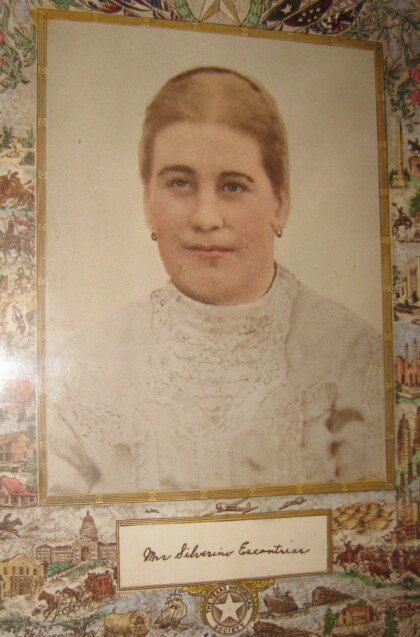
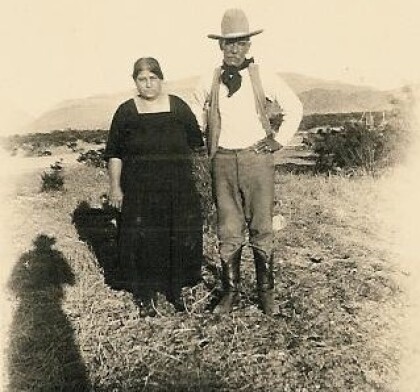
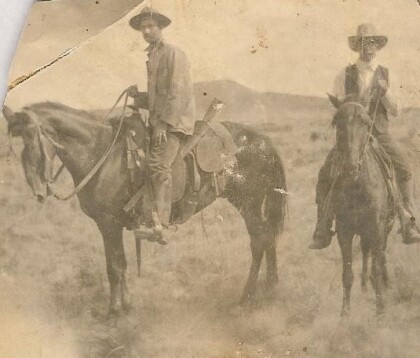
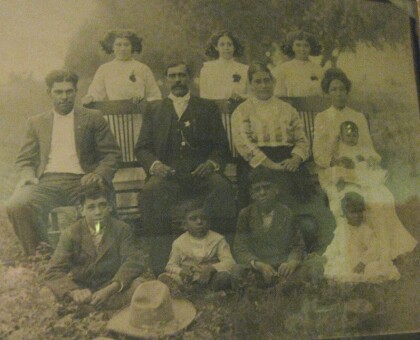
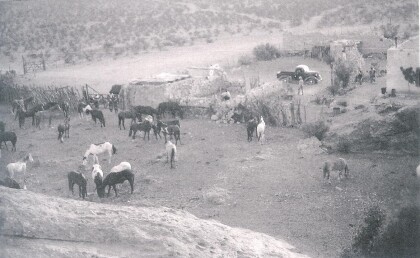
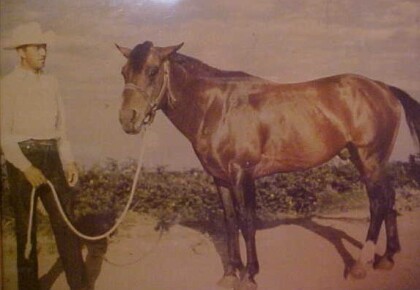
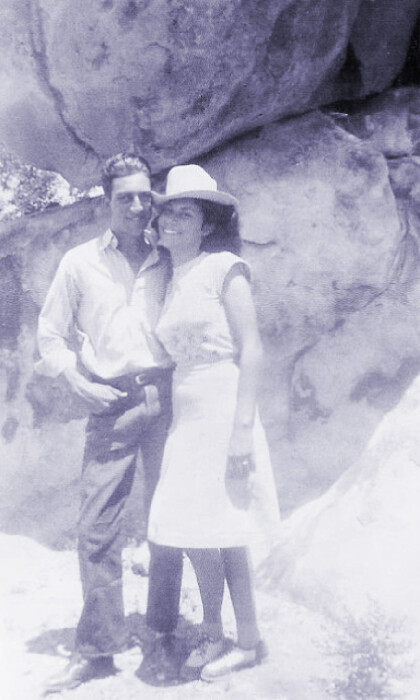
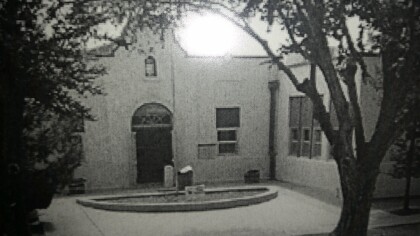

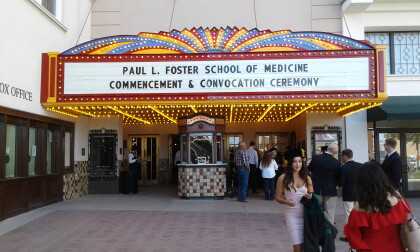






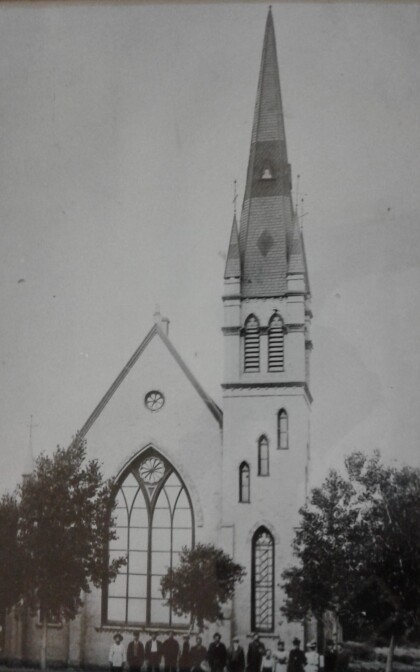

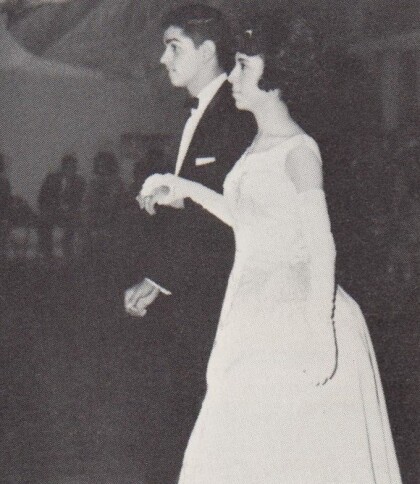




Comentarios
Hacer un comentario